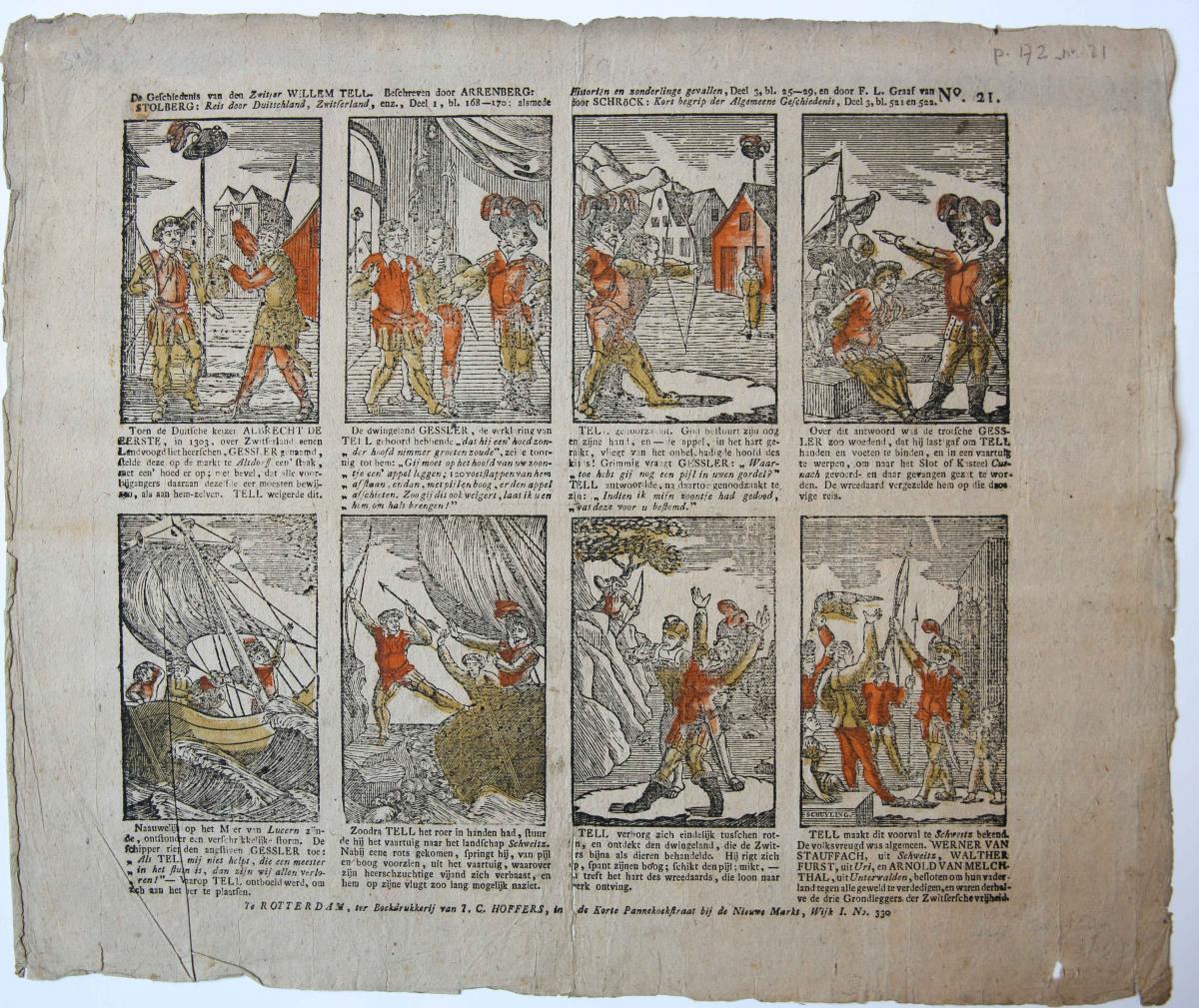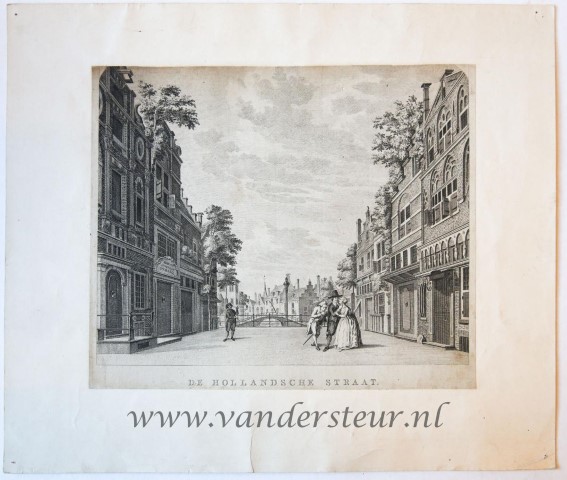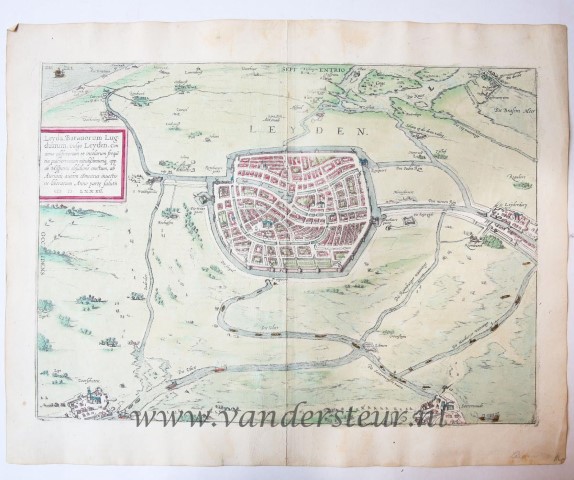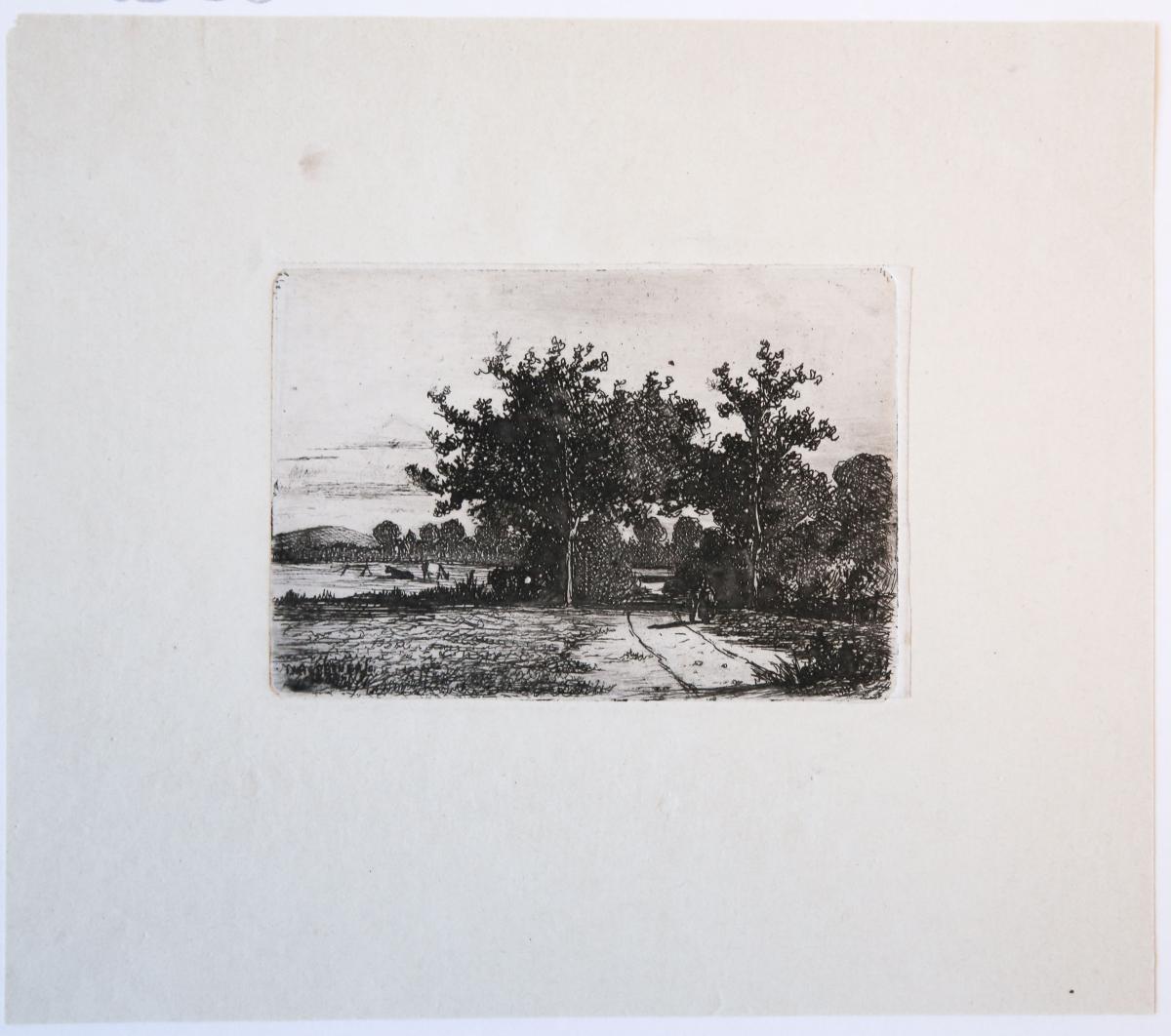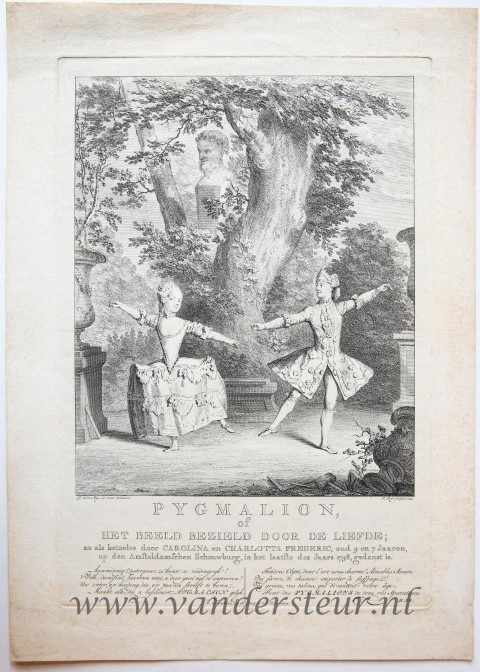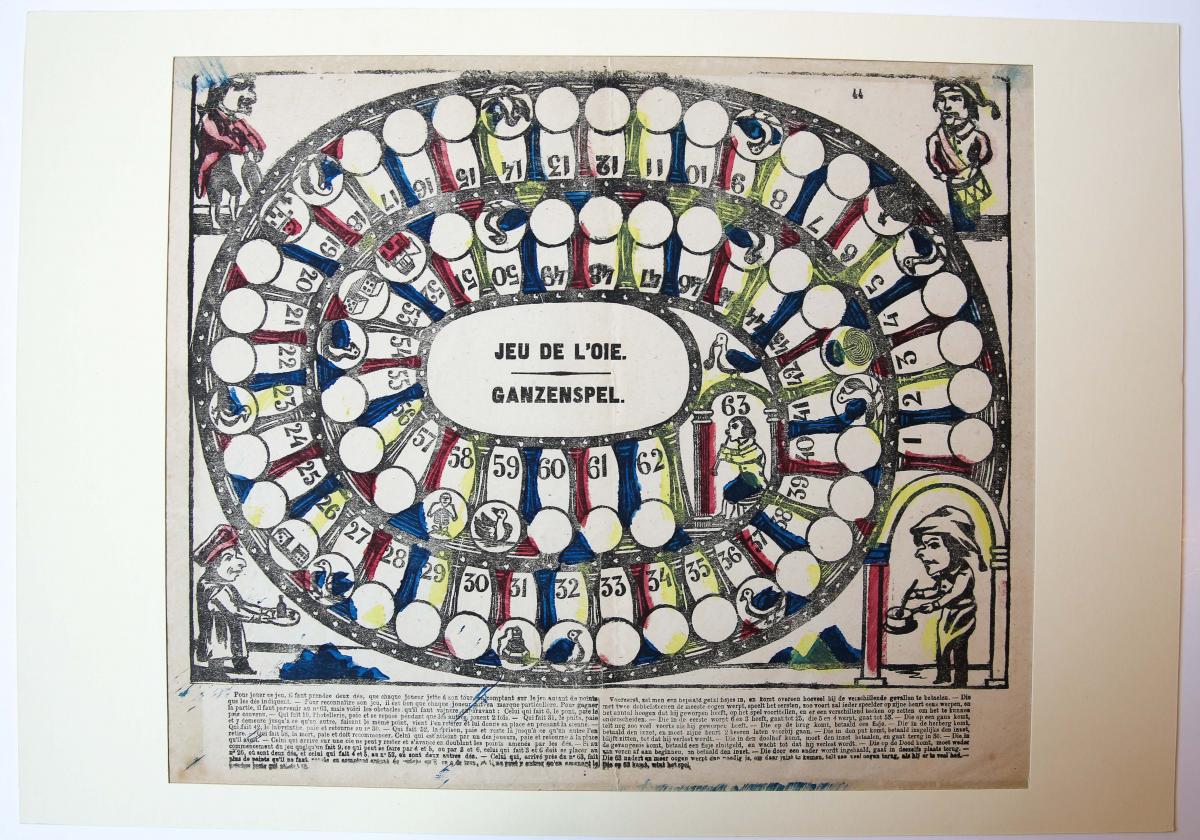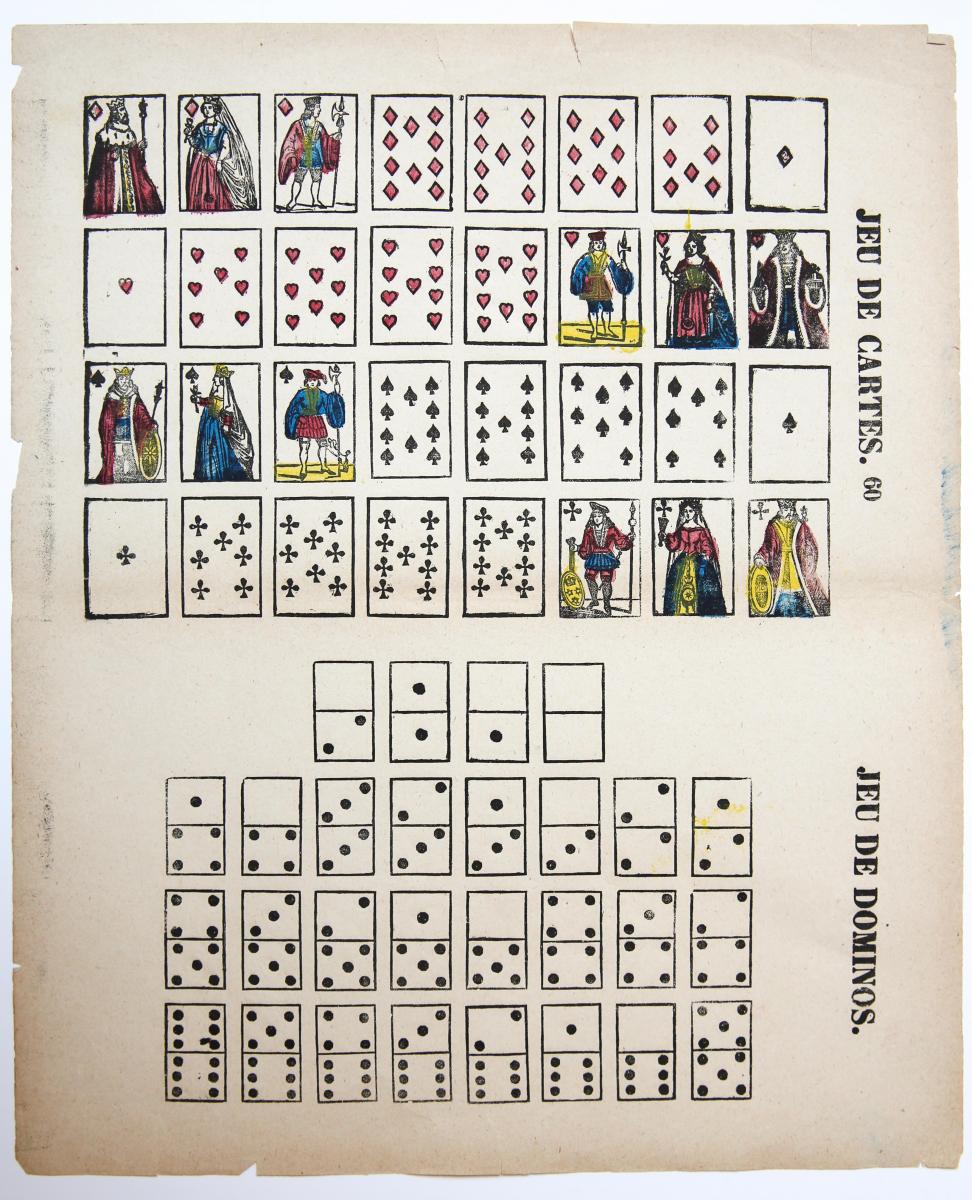Beschrijving
Popular print of the legend of Wilhelm (William) Tell. The hero from Switzerland (Zwitserland) became famous throughout Europe through the theatre play of the same name by Friedrich Schiller from 1804. However, for the current print, the publisher Hoffers did not directly copy the story from Schiller, but instead extensively cites three other sources: ‘De Geschiedenis van de Zwitser Willem Tell, beschreven door Arrenberg: Historiën en zonderlinge gevallen, Deel 3, bl. 25-29, en door F.L. Graaf, van Stolberg: Reis door Duitschland, Zwitserland, enz., Deel 1, blz 168 – 170*, door Schröck, Kort begrip der Algemeene Geschiedenis, Deel 3, bl 521 – 522.’ Indeed, Hoffers borrowed different narrative elements from each of these three books, and combined them into one coherent story. When Tell did not bow before the hat on the pole that Habsburg bailiff Gessler erected, he was punished by having to shoot an apple off the head of his son. When Gessler asked Tell why he carried a second bolt, he replied that had he killed his son, he would have killed Gessler with that second bolt. Furiously, Gessler took him on a ship to the dungeons of his castle in Cusnach (Küssnacht), but Tell escaped, killed Gessler, and all ended well when Walter Fürst, Arnold von Melchtal and Werner Stauffacher vowed to continue fighting for Swiss freedom from Habsburg rule.The woodcuts were especially made for Hoffers by the block cutter Christiaan Jacob Schuyling. Signed ‘Schuyling.’ in bottom right illustration.Rotterdam, T. C. Hoffers (1820 – 1839); numbered ‘No 21’ in upper right corner. *Stolberg’s travels have been made available online by the Koninklijke Bibliotheek: http://resolver.kb.nl/resolve?urn=dpo:1650:mpeg21:0575.

